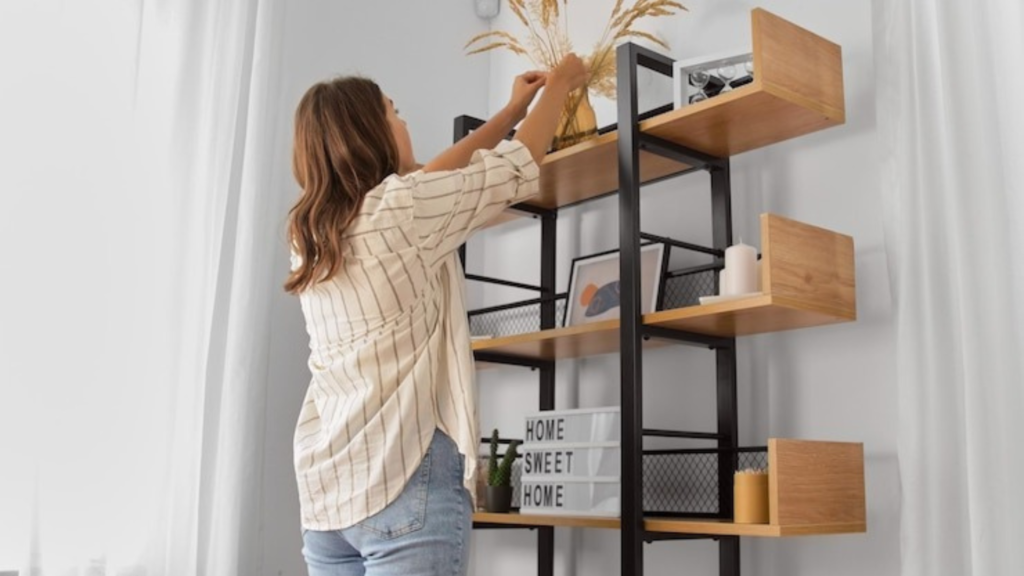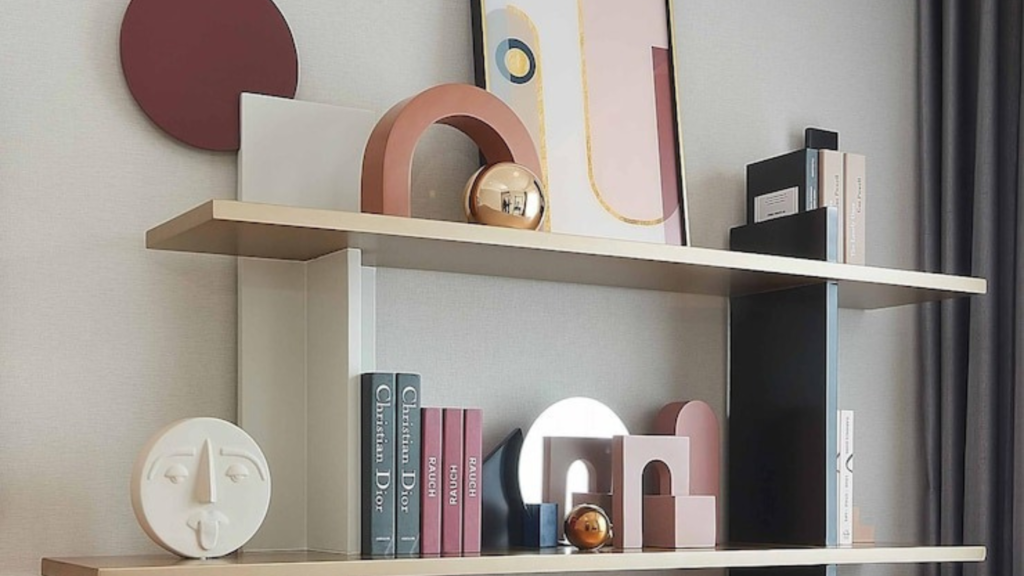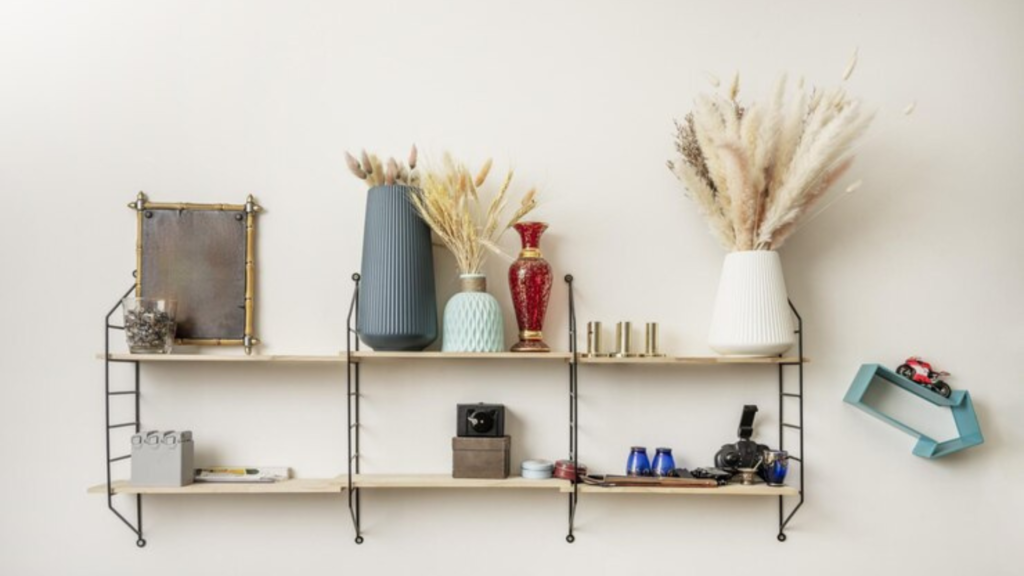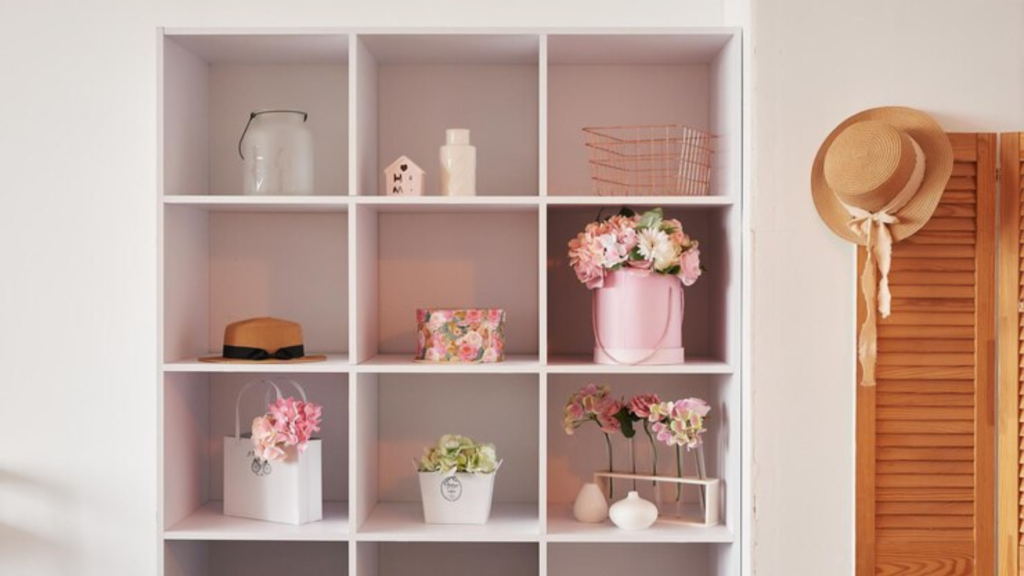How to Style Shelves for a Chic Living Room Look
- Get link
- X
- Other Apps
How to Style Shelves. Mansion Global tackles an interior design topic with a select group of designers from around the world who work on luxury properties. This week, the topic is how to install shelves that stand out. Shelves are often considered simply a storage solution; their form and function are functional. However, shelves don't need to be an afterthought with a little imagination and cleverness, they can be a unique design element. We're used to seeing straight lines on a shelf, but this should be challenged," said designer Paul Cocksedge of London-based Paul Cocksedge Studio.
For modern shelving ideas that combine form and function, follow these tips from design professionals. Shelves strike a balance between functional and architectural objects, and as a designer, they're fascinating for that reason. They're an object you can hide and embed in a wall or reinvent completely. The challenge of a bookshelf is to recreate it and show people what can be done with books in ways they've never imagined. My approach is to push materials to the limit and find a new, perhaps unexpected angle. The thinnest piece of glass can be much stronger than you think.
Combine the Material with the Environment

Shelves depend on what you want to show to the world and how you share your space with others." It's good to consider whether you want your book collection to become a talking point and part of your social interaction, or whether you want it hidden in another room. You can vary the materials, the use of color, have them floating or on stands, or even use them to add a cultural quality to the room. And you can customize the shelves any way you like. We personally like floating shelves without visible pillars.
How to Style Shelves. For a contemporary look, there's wood, glass, and metal. You have to decide how you want your shelves to work. You can go sleeker, brighter, or even more industrial. If you want a more organic look, try a shelf with a live wood edge. The goal is for the shelves to harmonize with the rest of the furniture in the room they're in. What you decide for your shelves can affect the entire design concept. If you want to be bold, color is a great way to do that. If not, you might want to stick with neutrals or something more industrial like metal.
How to Style Shelves: Balance of Form and Function

We often put artwork, books, sculptures, objects, plants, etc. on them. We think of it as curating a wall, and we give [a shelf] room to breathe. If you decide a room needs a library, then it's about creating shelves and stacking them full of books, which is also very interesting. We did that in the foyer of our Cleveland Street project, where we added a sliding ladder and had a double-height shelf. We look at interiors from a spatial perspective, the different levels at which your eyes encounter a feature wall, and the overall effect and ambiance we're trying to create.
How to Style Shelves. For example, for a recent project at the Park Crescent development in London, we had double-height ceilings and needed to draw the eye. We wanted large-scale artwork on the walls, so we used wooden shelves with flexible brass doors. Inside the bedroom, we created a headboard incorporating shelves, which was subtly lit. First, ask yourself what the function of the shelving is. For example, if it's a floating shelf above a bar, you might want to consider glass shelving and lighting it. This provides a great opportunity to add a metal detail and illuminate the glass.
How to Style Shelves: Opt for a Cohesive Appearance

Before adding a shelf to your space, the function should drive the materials, which can create an interesting shelving structure, such as wood and metal or Lucite and metal. Adding an interesting color to an otherwise neutral room can bring a playful element. Think about how a built-in shelf will feel versus a floating shelf. Built-ins can feel a bit heavier and are primarily used in a study or library. They're the workhorse of shelving, meaning they can carry a lot of weight and function structurally. The sides are provided to support books or objects rather than floating where they're typically more decorative.
How to Style Shelves. The living room is one of the most important spaces in any home. Whether as a relaxation area, a social space, or a work area, we spend hours in our living rooms every day, both alone and with our families. For this reason, living room design is essential when creating a true home. Designing a space that is versatile, welcoming, and represents the personality of the entire family will help create a home you can enjoy to the fullest. In the following lines, we discover all the key points for living room decoration, or how to create a comfortable and inviting living room with a magazine-worthy design.
Conclusion

The first step in living room decoration is to identify the right style. Of course, the living room is a central part of the entire home, so it's important to create a living room design that aligns with the rest of the home's decor and your personal style. To define your style, you must go beyond what's in fashion and consider your personal tastes and preferences. To create a space that reflects your identity and suits your needs, consider your lifestyle, the activities you do in the living room, and how you want to feel when you're there.
Warm tones can make an environment feel more welcoming and energetic, while blues and greens will make the living room feel fresh and clean. Living room designs can take very different forms. Depending on the layout of the space, the needs of the inhabitants, and the dimensions, it's possible to create completely different interiors. For example, placing the sofas facing the television, or facing each other, can completely change the feel of the space: from a space for family entertainment to a space for conversation and entertaining. Living room decorations are always determined by color.
- Get link
- X
- Other Apps
Comments
Post a Comment